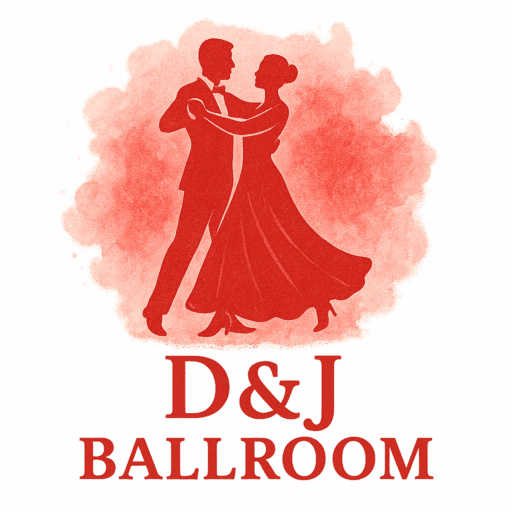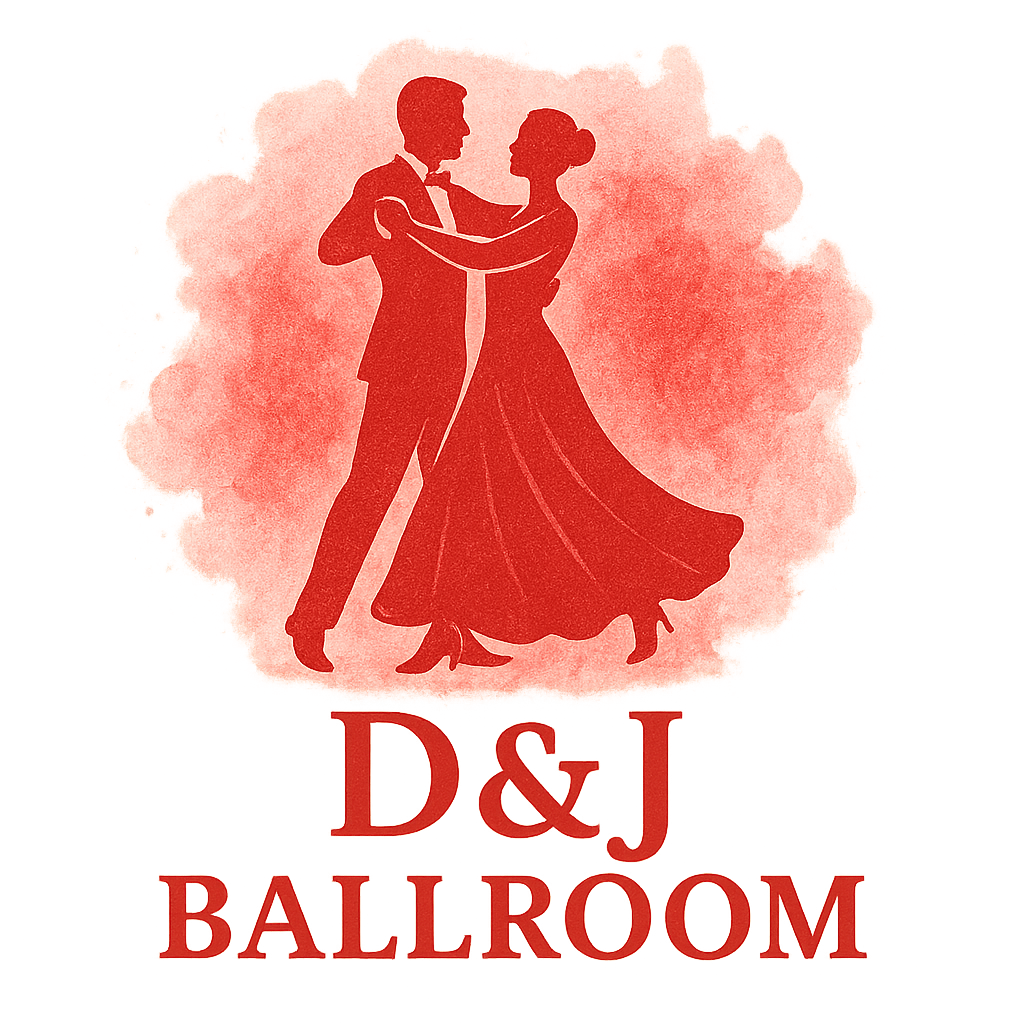Introduction to Ballroom Technique Drills
When you think of ballroom dancing, what comes to mind? Maybe the sweeping elegance of the waltz or the fiery intensity of the tango. But behind the glamour lies hours of practice, filled with drills that sharpen a dancer’s skill and polish their elegance. Ballroom technique drills aren’t just repetitive exercises—they are the secret to mastering flow, precision, and connection.
Why Ballroom Technique Matters
Building a Strong Foundation
Without proper technique, even the most stylish moves fall flat. Drills provide structure, helping dancers strengthen posture, balance, and musicality.
Grace vs. Power in Ballroom Dancing
Ballroom elegance isn’t about brute force. It’s a balance of grace, timing, and energy. That’s why drills are designed to blend strength with softness.
Essential Ballroom Technique Drills
Drill #1: Posture Perfection
Posture is everything in ballroom. Whether you’re dancing Waltz or Quickstep, your frame tells the story before your feet move.

How to Maintain a Strong Frame
Stand tall, shoulders back, chin level. Imagine a string pulling you upward. Practice holding this for several minutes daily.
Drill #2: Frame Control Exercise
A solid frame creates harmony between partners.
Partner Resistance Drill
Stand facing your partner, apply gentle pressure on each other’s arms while moving side to side. This builds strength and awareness.
Drill #3: Balance and Core Stability
Balance is what makes spins sharp and steps grounded.
Simple Balance Practices at Home
Try standing on one leg with your eyes closed for 30 seconds. Add arm movements to mimic dance positions.
Drill #4: Walking Drill for Fluidity
Walking may sound basic, but ballroom walking requires precision.
Heel-to-Toe Motion Practice
Practice slow walks across the room, focusing on rolling through the foot, heel to toe, with each step.
Drill #5: Rise and Fall Technique
The hallmark of dances like the Waltz is the beautiful rise and fall.
Waltz-Inspired Rise and Fall Drill
Start from a bent-knee position, rise through the ankles and knees, then lower smoothly. Repeat with counts: 1 (rise), 2 (hold), 3 (lower).
Drill #6: Cuban Motion Practice
Latin dances such as Rumba and Cha-Cha thrive on Cuban motion.
Latin Hip Isolation Exercise
Stand with feet apart, bend knees slightly, and practice moving hips side to side without upper body movement.
Drill #7: Spotting for Spins
Ever wondered how dancers spin multiple times without getting dizzy? The answer: spotting.
Mirror Spotting Exercise
Pick a point in the mirror and keep your eyes locked on it while spinning. Reset your gaze each turn.
Drill #8: Partner Connection
Dancing is a conversation without words.
Lead and Follow Sensitivity Drill
Close your eyes and let your partner lead you through basic steps. Focus on the feeling of movement rather than seeing it.
Drill #9: Timing and Musicality
A dancer who is off-beat loses elegance immediately.
Clapping and Stepping to the Beat
Clap or tap to the rhythm of a song, then step with precision on each beat. Use ballroom playlists to stay consistent.
Drill #10: Floor Craft Awareness
Great dancers glide around the floor without collisions, even in crowded spaces.
Navigating Around Other Dancers
Practice moving across a room while avoiding obstacles. This builds awareness and adaptability.
Drill #11: Performance Expression
Ballroom elegance isn’t just technical—it’s emotional.
Practicing Emotions in Movement
Pick a song and dance while exaggerating emotions—joy, passion, or melancholy. This helps bring storytelling into your performance.
How to Incorporate Drills into Daily Practice
Structuring Your Ballroom Practice Session
Warm-up (5 minutes), posture/frame drills (10 minutes), technique drills (20 minutes), and full dance run-through (15 minutes).
Common Mistakes to Avoid
- Over-focusing on speed instead of precision.
- Ignoring partner connection.
- Skipping warm-ups, leading to stiffness.
Ballroom Techniques That Complement Drills
Styling and Arm Expression
Use your arms like an extension of the music—fluid, not stiff.
Footwork Precision
Accurate foot placement makes movements smooth and elegant.
Smooth Transitions Between Steps
Seamless step changes elevate even beginner routines.
Benefits of Ballroom Technique Drills
Improved Confidence
When your technique is solid, your confidence shines.
Better Competition Readiness
Drills prepare you for competitions by reinforcing technique under pressure.
Enhanced Partner Harmony
Practicing drills together deepens non-verbal communication.
Final Tips for Dance Elegance
Consistency beats intensity. Ten minutes of focused drills daily is better than one exhausting session a week. Mix drills with actual dancing to keep practice engaging and enjoyable.
Conclusion
Ballroom elegance doesn’t happen overnight—it’s built step by step, drill by drill. From posture to musicality, each exercise helps shape dancers into more confident, graceful performers. If you want to shine on the floor, make these 11 ballroom technique drills part of your daily routine.
FAQs
Q1: How often should I practice ballroom technique drills?
At least 20–30 minutes daily is ideal, but even short, focused sessions make a difference.
Q2: Can beginners use these drills?
Absolutely. They’re designed for dancers of all levels to build strong foundations.
Q3: Do I need a partner for these drills?
Not always. Many drills, like posture or balance, can be done solo.
Q4: How can I improve faster with these drills?
Stay consistent, use mirrors, and consider recording your practice for self-feedback.
Q5: Which dance styles benefit most from these drills?
All styles—waltz, tango, Latin, and smooth dances.
Q6: How do I know if my frame is correct?
Your shoulders should feel relaxed yet firm, and your partner should feel supported, not pushed.
Q7: What’s the most important ballroom drill for elegance?
Posture. Without it, no movement looks elegant, no matter how advanced.


